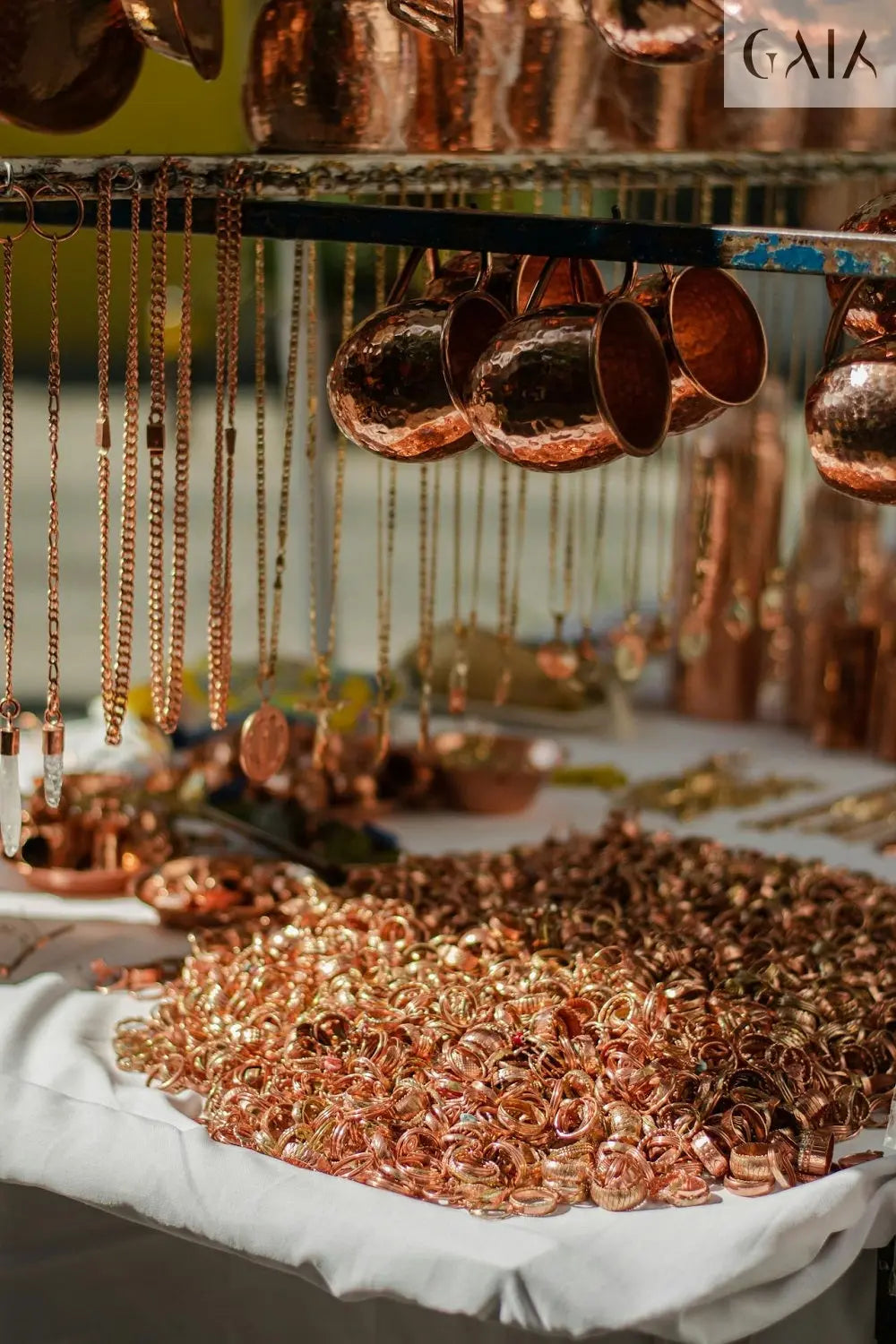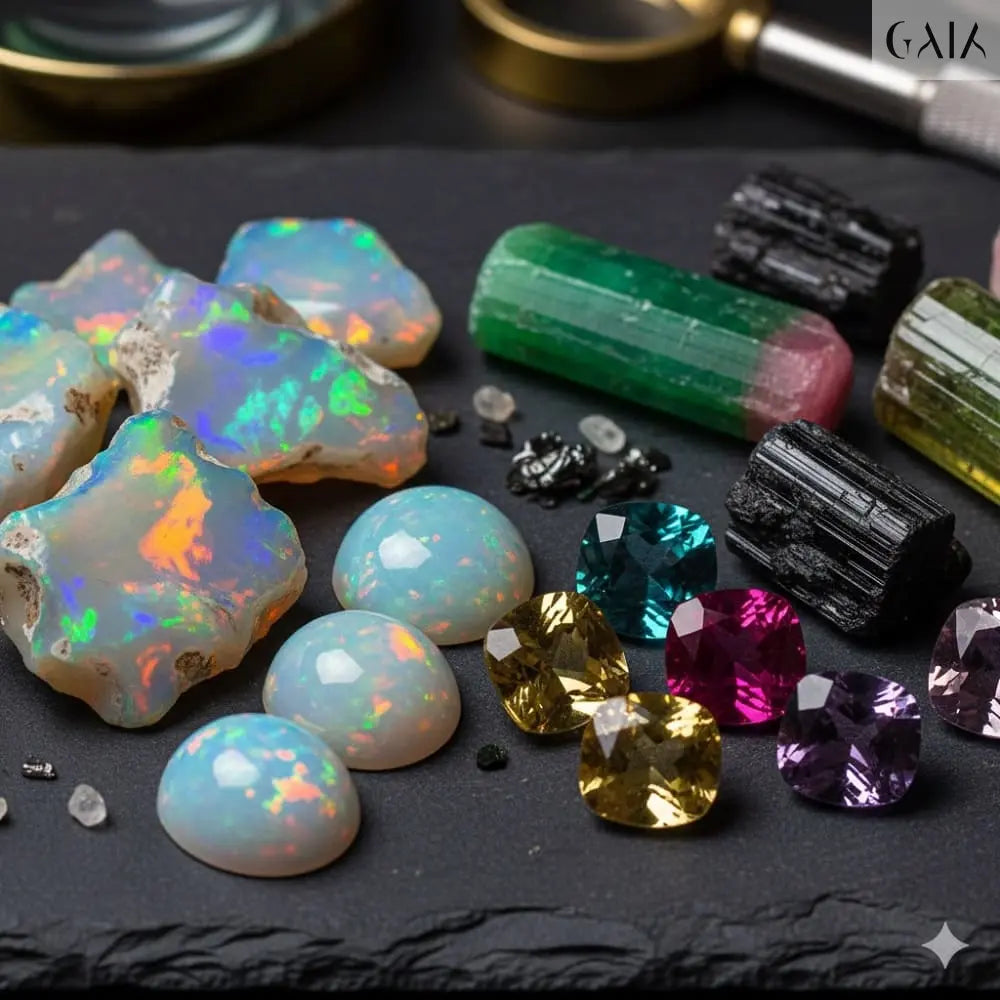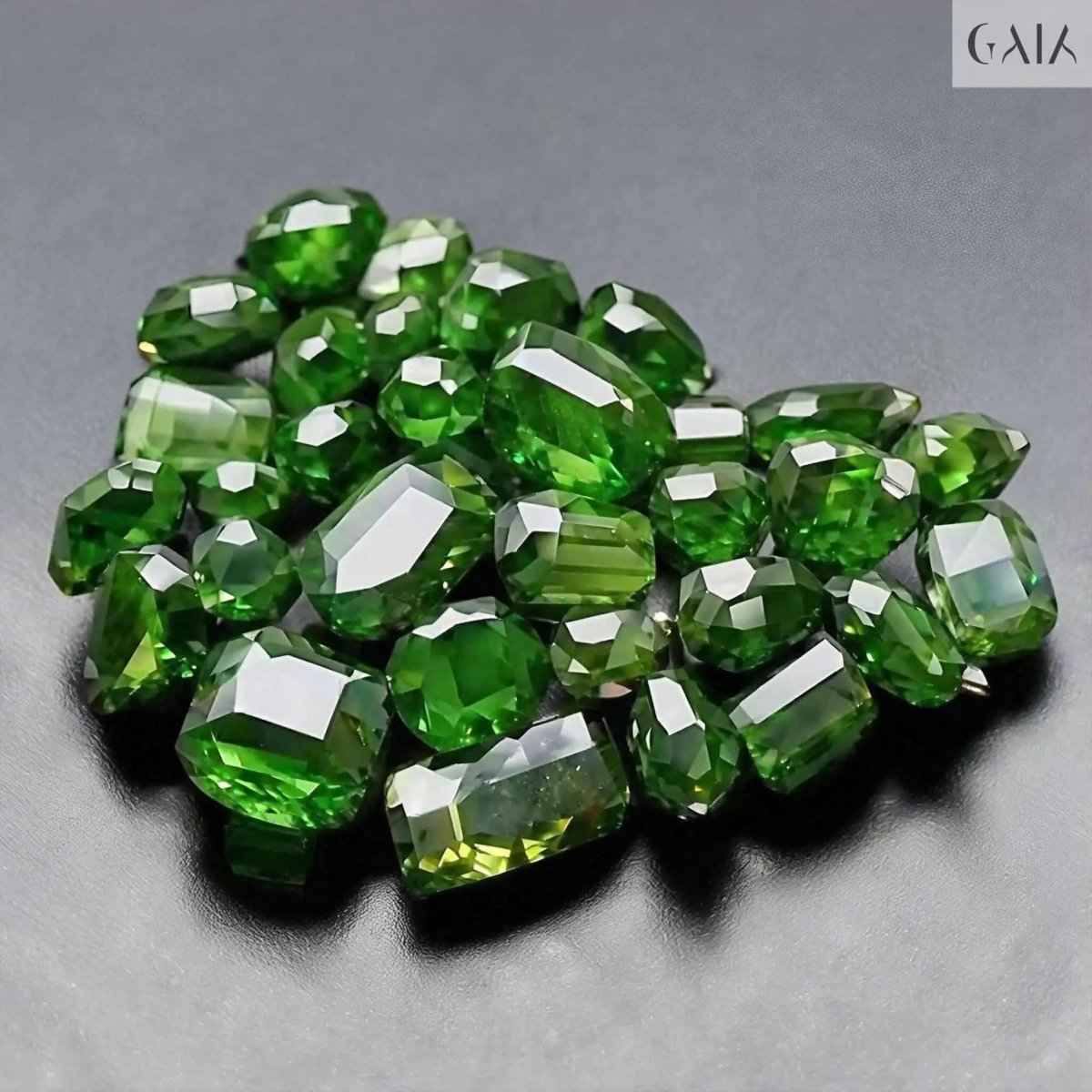
The Historical Uses of Copper: A Timeless Shield of Protection
Throughout human history, certain natural materials have stood out for their beauty, strength, and timeless value. Copper is one of these exceptional elements. With its warm glow, remarkable versatility, and unique protective qualities, copper has been admired and cherished across civilizations for thousands of years.
This metal is more than just a practical material, it’s a symbol of protection, elegance, and connection to nature.

A Precious Metal with a Glowing Legacy
From ancient temples to modern craftsmanship, copper’s story is woven deeply into human culture. Its natural shine and resistance to wear made it one of the earliest metals to be shaped into tools, ornaments, and protective objects. Civilizations saw copper not only as a useful resource but also as a gift from the earth of something powerful, beautiful, and meaningful.
Archaeological discoveries show that copper was used as early as 10,000 years ago. It was one of the first metals ever smelted and shaped, marking the beginning of humanity’s relationship with craftsmanship and natural materials.
Ancient Civilizations and the Power of Protection
In the ancient world, copper carried a reputation for strength and protection.
- In Egypt, copper was believed to have divine properties. It was used to purify water, craft protective amulets, and cover sacred objects in temples. Egyptians considered it a material that could shield them from disease and negative energies.
- In Mesopotamia, artisans used copper for tools and decorative items that were both functional and symbolic.
- In the Indus Valley, people wore copper jewelry not only for its beauty, but also for its supposed ability to ward off harm.
Across these civilizations, copper wasn’t just admired, it was trusted. It became part of daily life, religious rituals, and cultural traditions, representing safety, purity, and balance.
Healing Properties and Natural Energy
Long before modern science explained bacteria and microbes, people noticed something special about copper: water stored in copper vessels stayed fresher longer. Many ancient communities believed the metal itself had healing powers.
- In traditional Indian Ayurveda, copper cups were used to balance the body’s energies and support digestion.
- In Chinese medicine, copper bracelets were worn to improve circulation and restore harmony.
- Healers in the Middle East used copper instruments in cleansing rituals and believed it could absorb negative energies.
Today, we know that copper has natural antimicrobial properties, which explains why it was so valued in ancient healing practices. But even without modern science, people felt its protective energy centuries ago.
An Artistic Canvas Across Cultures
Beyond its protective and healing qualities, copper became a canvas for creativity.
Temples, palaces, and sacred spaces were decorated with copper engravings that reflected sunlight beautifully, creating a sense of warmth and life. Its glowing surface symbolized the sun, vitality, and spiritual strength.
Artists loved copper because it was easy to shape yet durable. From intricate jewelry to large architectural details, copper was used to create pieces that told stories, honored traditions, and expressed identity.
Even today, designers are inspired by its timeless elegance, blending ancient beauty with modern forms.
Bridging the Past and the Present
Copper’s journey through time is a reminder of how natural materials can connect generations. In modern design, it is still used for its durability, aesthetic appeal, and positive energy.
In jewelry, it adds a warm, earthy tone. In architecture, it weathers beautifully, forming a green patina that protects and enhances its surface. In home decor, it brings a sense of grounding and harmony, echoing its ancient role as both a shield and a symbol.
What makes copper truly timeless is its ability to carry meaning across cultures and centuries. It’s not just a trend, it’s heritage.
A Timeless Shield of Natural Beauty

Copper’s story is one of protection, creativity, and connection to nature. From the amulets of Ancient Egypt to the wellness rituals of Asia and the artistic masterpieces of palaces, copper has always been more than just a metal.
It is a testament to human craftsmanship and our instinct to find beauty and meaning in the world around us. Its warm glow continues to inspire designers, artisans, and storytellers today, just as it did thousands of years ago.
In a world that constantly changes, copper reminds us of the enduring power of nature’s elements timeless, protective, and undeniably beautiful


